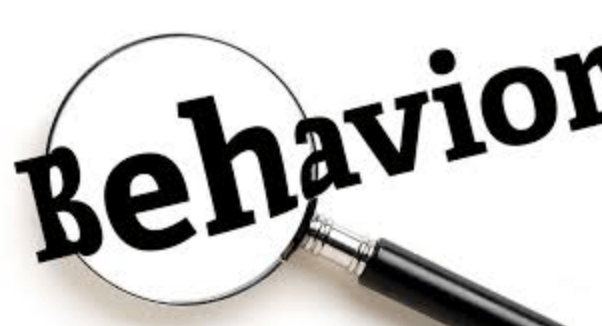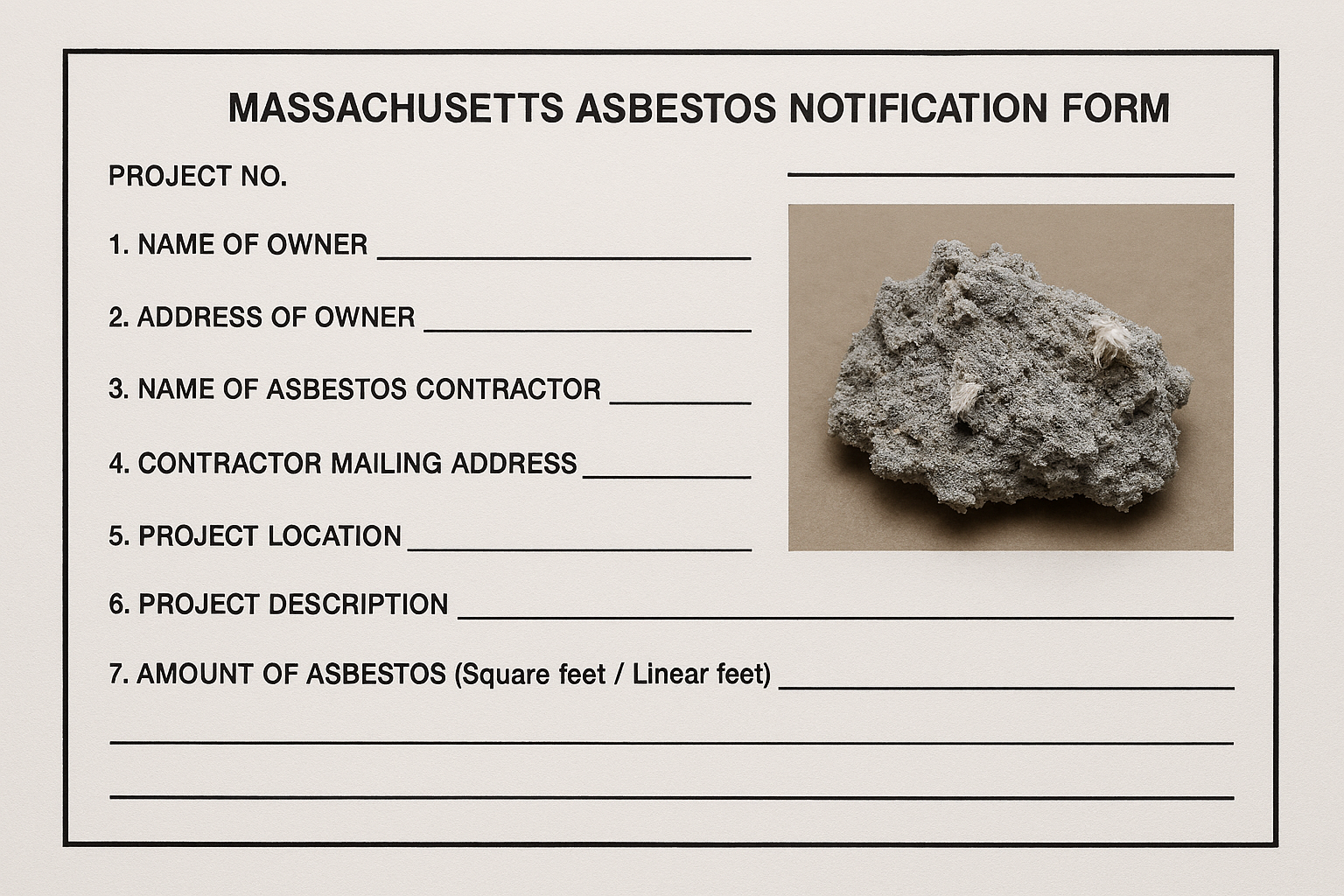The data is clear when it comes to reducing workplace injuries and illnesses and mitigating the effects of Covid-19: companies with strong safety programs have a reduced risk of workplace injuries and illnesses and states that follow science-based guidelines have better Covid-19 outcomes. So how do we get more people to adopt desirable safety and Covid-19 behaviors? Or any unwanted behavior for that matter?
Our first inclination is to educate and train the affected individuals. While these are important components of any behavior-changing campaign, they alone are unlikely to produce the desired outcome. That is because there are several factors working against our desire or willingness to change. These include feelings of uncertainty and/or distrust regarding the change, the change is perceived as inconvenient, and last but not least, “old habits die hard”.
A recent publication by the National Academies of Sciences, Engineering, and Medicine (https://www.nap.edu/read/25881/chapter/1) highlights that presenting people with objective information in the hopes of changing their behavior is not enough. Additional strategies that tackle some of the reasons that we resist change are necessary.
The National Academies article focuses on Covid-19 behaviors, but it applies to safety behaviors as well. In brief, the National Academies strategies help to achieve the following objectives:
- The new behavior is rewarding
- People feel confident that the new behavior will control the situation at hand
- People have information about the appropriate way to practice the new behaviors
Education and training can certainly address the last bullet. It takes thought and effort to address the first 2, however. Check the National Academies publication for practical suggestions on implementing their strategies. For example, people are more likely to wear face coverings that look fashionable and/or are customized with their favorite team’s logo, etc. This same approach applies to PPE use in the workplace.
As you work to implement changes in behavior, remember that it is important to know your audience: an approach that works well with one group may not work with others. In addition, we cannot stress the importance of leadership in behavior change initiatives.
Managers at the highest level should introduce the change, set expectations regarding the change, reinforce positive behaviors and identify consequences for negative behaviors, and model the change. All members of the management and supervision team need to align with top management and the change initiative. Mixed messaging will undermine the best of intentions.
Are you trying to implement safety behavior changes in your organization? Do you need help re-opening your business or working in the current Covid-19 climate? Cashins & Associates, Inc. can help you with these items and many more services, including hazard assessments, program development, building and indoor air concerns, and employee training. Contact us by clicking on the inquiry icon. We look forward to hearing from you!





